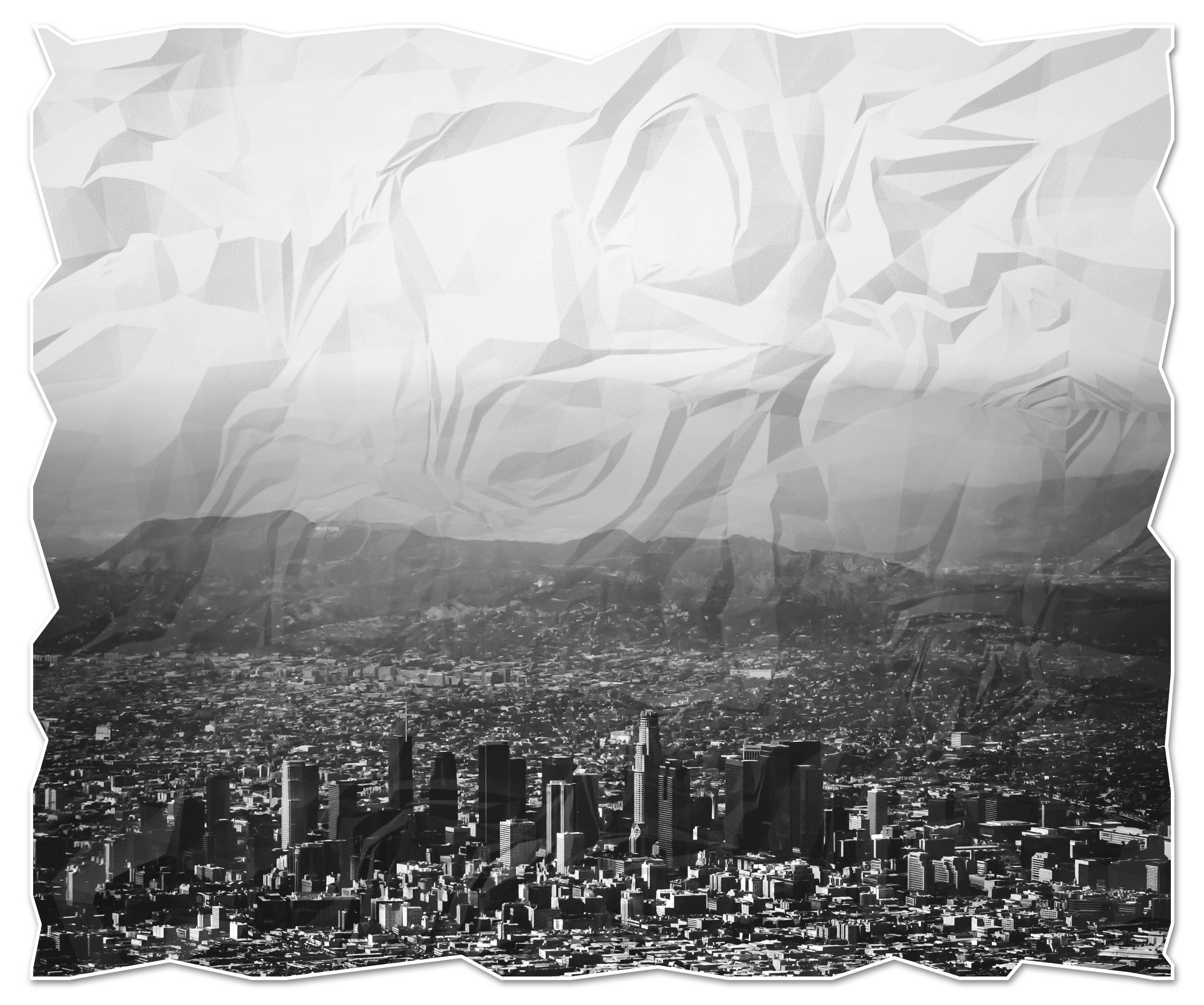Drop, cover, and hold on are the basic steps you need to do during an earthquake. Art courtesy of the Earthquake County Alliance
By Edgar Ramirez, Staff Reporter
In California, the most common natural disaster are earthquakes. These occur when tectonic plates create friction due to them rubbing against each other, causing the shaking we all feel and fear. According to Ready.gov, places like Alaska, Hawaii and California are at greater risk for earthquakes.
Faults are areas in between the plates that create the shaking movement. California has a 1,200-kilometer fault known as the San Andreas fault. This fault separates the Pacific and North American plates and is made up of smaller faults.
Cheyenne Cummings, an Emergency Disaster Committee member at CSUDH says the stress maps show that the “big one” will start in Palm Springs and travel down to Los Angeles.
Due to the San Andreas fault line, Los Angeles has a 31% chance for a 7.5 magnitude earthquake to hit the city, according to a report by the United States Geological Survey (USGS).
Cummings believes CSUDH and the city of Carson are at greater risk, as they are expected to experience larger and stronger shaking. “We could feel as large as an 8 through an 8.5 earthquake,” he said.
To alleviate some of the nerves that come from an earthquake and to better prepare the campus’ community, CSUDH has teamed up with the program, the Great Shakeout Earth Drill, a program that’s been around since 2008. In partnership with CSUDH, the Great Shakeout hosts an annual drill across the country and other parts of the world to inform students and faculty what to do during an earthquake.
The Great Shakeout’s plan is to practice how to be safer and to update emergency plans and supplies. This year the campus community was able to participate in the drill on Oct. 21.
“We just had the Great Shakeout […] governing agencies sharing good information and preparing us and reminding us the big one could happen,” said Doug Krauss, a natural disaster lecturer at CSUDH.
According to Cummings, most of the campus buildings could withstand a major earthquake, as they are up to date. The Leo F. Cain Library has already been retrofitted, a process where buildings have added an accessory or component in case of earthquakes. The natural science mathematics building is “in the process” of being retrofitted.
The Great Shakeout is an important annual act to showcase what to do in an earthquake. Video By Edgar Ramirez
As a four-year institution that holds approximately 18,000 students, CSUDH has a proper plan of action in case of an earthquake happening during operating school hours.
First students, faculty, and staff would need to stop, drop, cover and hold. They will then need to exit the building they’re in through the designated evacuation sites. These sites are known as “mustering points,” which are areas free of any power poles, large trees, or buildings.
Even though the campus already has a plan of action in place, Krauss also recommends everyone in California have an earthquake kit. The kits should consist of typical survival supplies like food, water, batteries, a flashlight, and a first aid kit. They could also include things like a thermal blanket or an extra change of clothes.
“You should always have it available to you,” Cummings says. “You should have it in your place of work, you should have it in your car and you should have it at home.”
Many applications help inform people on earthquake safety as well as alert users that an earthquake is coming. Apps like ShakeAlert LA and MyShake can give us a minute to thirty-second alert before an earthquake.
There are also programs such as the Community Emergency Response Team or Ready Set Go program, which train people on what to do in case of an emergency.
Cummings said that the southern part of California ruptures almost every 320 years and the last major earthquake we had was in 1680. He says that we are “way overdue” for a big earthquake. As scary and dangerous as this is, Californians are always encouraged to have a plan on what to do before, during, and after an earthquake as being prepared can save lives.
The question is, are you ready for the big one? Will you be able to survive?

